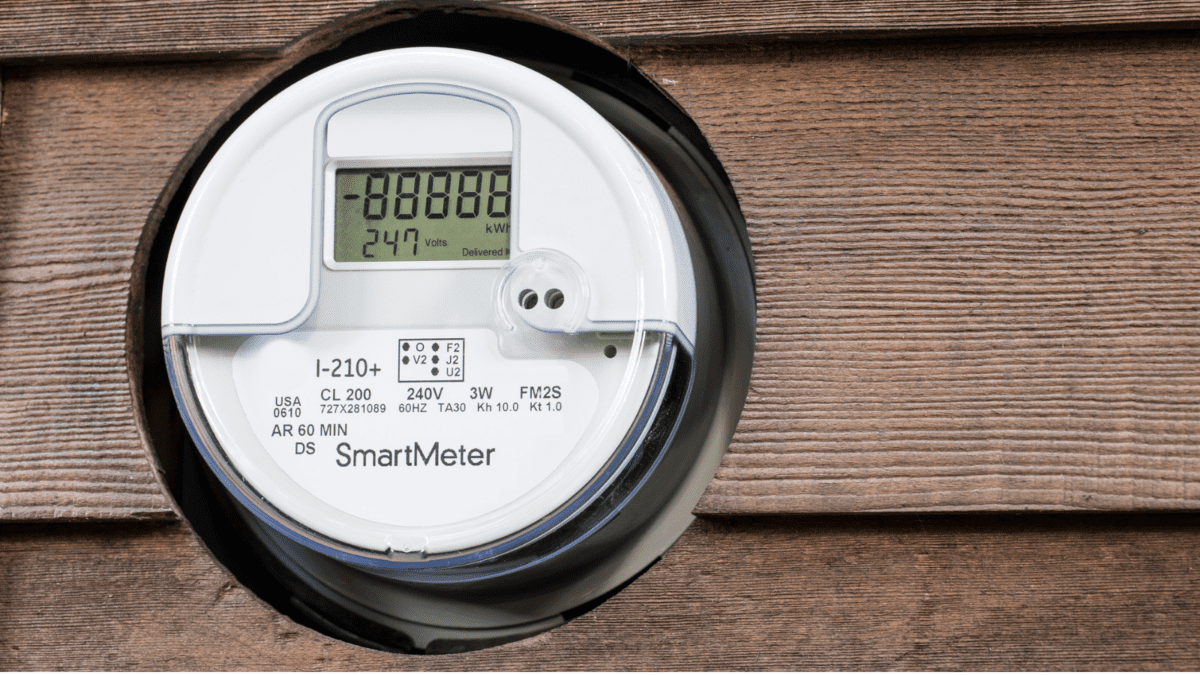ATO signals crackdown on unpaid debt amid growing tax gap
The amount of collectable debt owed to the Australian Taxation Office surged during the COVID-19 pandemic, hitting $44.8 billion for the 2021-2022 financial year compared with $26.5 billion owed in June 2019 according to the agency’s recently released annual report.
Noting that the $18.3 billion in unpaid debt added since 2019 represents a 69 per cent increase, the ATO says reducing its collectable debt load will be a key priority for the agency as the economy continues its post-pandemic recovery.
“The increased debt is a result of disrupted economic activity due to lockdowns and cash flow impacts on small businesses and households,” the ATO says in the report.
“During the early stages of COVID-19 we deliberately shifted our focus away from firmer debt collection action to assist businesses and the community experiencing challenges because of the pandemic,” it adds. “While most payments are made on time, debts that remain unpaid and accumulate over time require firmer and stronger action.”
The report says the “increased and enduring debts” prompted the ATO to expand its enhanced engagement programme through awareness campaigns advising clients of escalating remediation measures should they not engage, including director penalty notices, garnishment and legal remedies.
The ATO notes that in March it wrote to 30,000 businesses and 52,000 directors with outstanding tax obligations totalling $10.4 billion, with more than 25,000 clients engaging with the agency, resulting in more than $2.2 billion being paid outright and nearly the same amount covered by payment plans. It says it has escalated to enforcement actions for clients that failed to engage, including issuing director penalty notice to more than 2,800 companies since May 1.
As for its overall performance in 2022-23, the ATO collected gross tax of $648.5 billion in 2021-22 and refunded $132.9 billion, with net tax collections of $515.6 billion, up about 14 per cent from the prior year, the report says. It touts a $1 billion settlement with Rio Tinto as helping to “secure future outcomes in collecting tax from multinational corporations” and notes that it stopped about $1.7 billion in suspected fraudulent refunds through Operation Protego, its investigation into GST fraud.
In addition, the ATO’s Tax Avoidance Taskforce raised about $3.5 billion in tax liabilities and more than $1.9 billion in cash collections, the report says. The agency’s shadow economy programme also raised $1.2 billion in compliance liabilities, with the four-year programme’s total liabilities now totalling $3.8 billion.
Addressing the tax gap
A major focus of the report is the ATO’s tax gap programme, which it uses to quantify noncompliance and understand its drivers in search of strategies that close the gap between the amount of tax the ATO collects and what it would collect if every taxpayer was fully compliant with tax law. It notes that reporting lags for tax assurance mean the agency’s latest estimate of the tax gap covers the 2019-20 financial year.
“For 2019-20, we estimate the overall net tax gap to be 7 per cent, or $33.4 billion, meaning taxpayers reported around 93 per cent of tax revenue the ATO expects to collect,” the report says. “This was in line with our expectations.” The report also notes the net tax gap has been trending downward for the past five years.
As of June 30, the report says, the ratio of collectable debt to net tax collections was 8.5 per cent, a slight increase over the 8.3 per cent ratio recorded in June 2021 due largely to the jump in collectable debt to $44.8 billion. “Small businesses continue to account for the majority of collectable debt and remain a key focus of our payment strategies,” the ATO says.
Assistant Treasurer Stephen Jones issued a statement addressing the ATO report and citing the federal government’s recent commitment to invest in tax regulators’ collection capabilities, with the goal of increasing tax receipts by $5.7 billion. “The vast majority of taxpayers do the right thing, but cheating on your taxes is not a victimless crime,” Jones says. “The Albanese government’s investment in tax integrity will make the system fairer and bring in $5.7 billion in legally owned revenue to benefit the whole community.”










